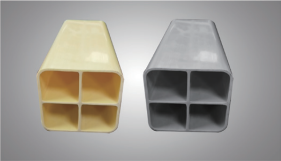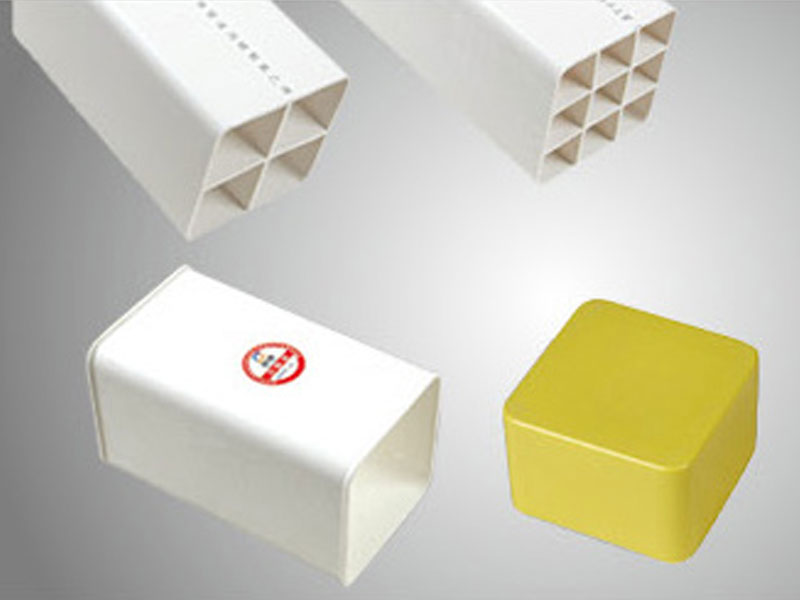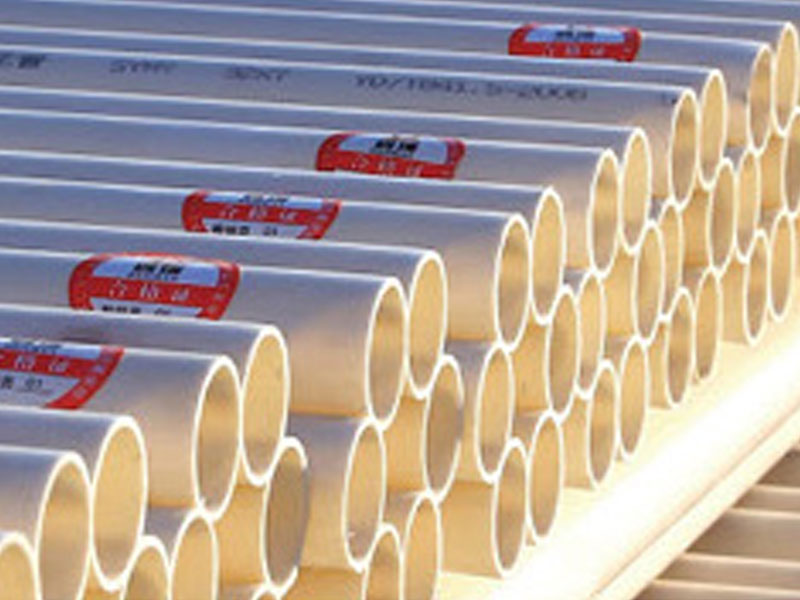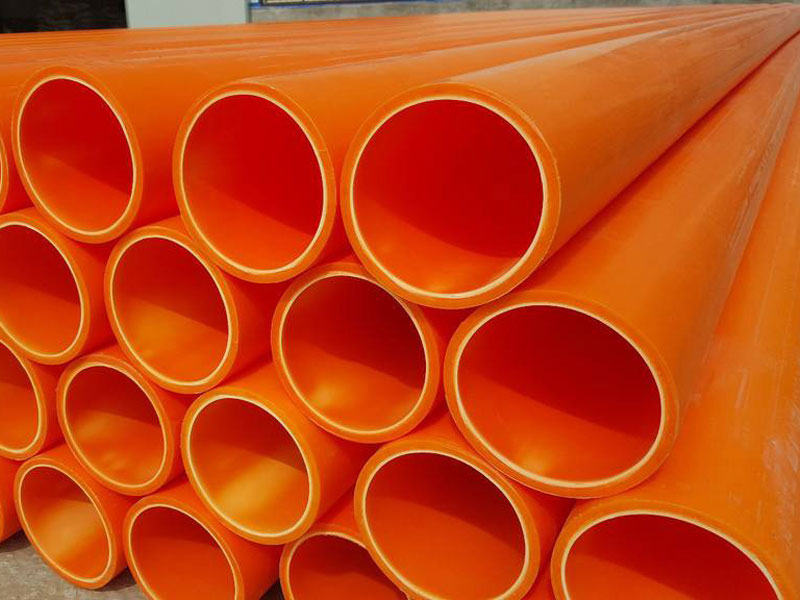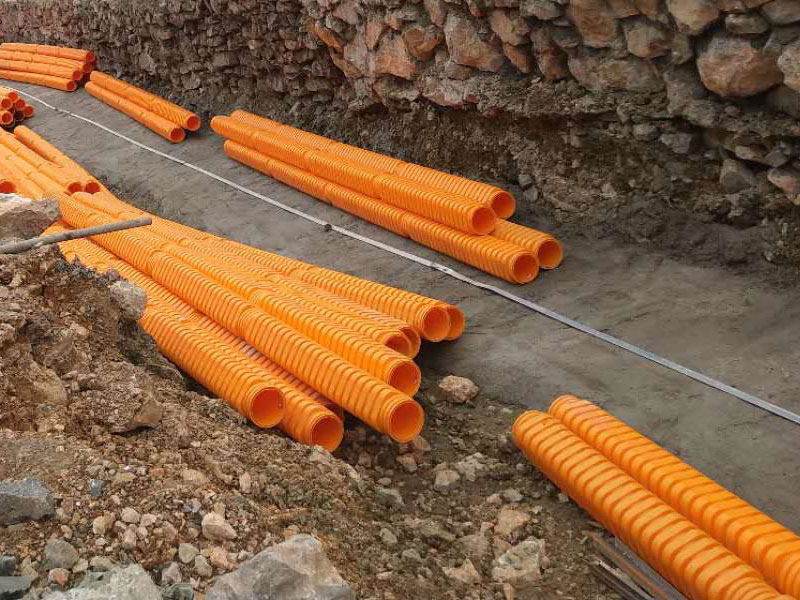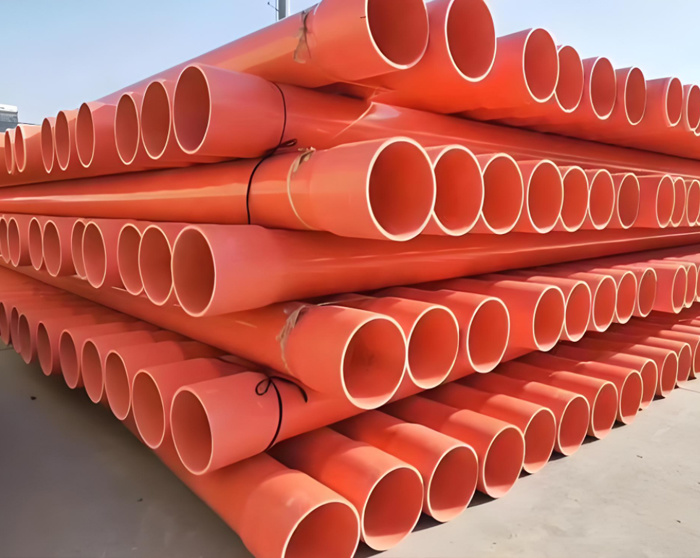High-strength plastic alloy pipes are based on polyvinyl chloride resin, physically blended with other polymer resins, and extruded in one go with the necessary additives and other plastic alloy materials to improve product performance. High-strength plastic alloy pipes are usually black or determined by negotiation between supply and demand, and the color should be uniform and consistent.
The underground communication pipeline uses porous plastic pipes including PE plum blossom pipes, PVC-U grid pipes, and PVC-U honeycomb pipes. Each pipe has multiple pores that are closely arranged with clear separations, improving the utilization rate of communication holes. Threading is easy and convenient. Refer to DL/T802.1-2007 and DL/T802.1-2010 for relevant technical parameters.
The underground communication pipeline uses multi-hollow plastic pipes, including PE plum blossom pipes, PVC-U grid pipes, and PVC-U honeycomb pipes. The pipeline has multiple holes in one pipe, with the holes closely arranged and clearly separated, improving the utilization rate of communication hole positions. Threading is easy and convenient. Refer to DL/T802.1-2007 and DL/T802.1-2010 for relevant technical parameters.
The technical specifications for MPP power cable conduits refer to DL/T802.1-2007 and DL/T802.1-2010 related technical parameters.
Modified polypropylene single/double wall corrugated pipes are made from heat-resistant, heat oxidation aging-resistant, and nano flame-retardant modified polypropylene as the main raw material. They are manufactured using a high-strength wave design and processing technology, resulting in a new type of structural wall pipe material. It features a novel structure, high pressure resistance, quick and convenient construction; high temperature resistance, flame retardancy, earthquake resistance, and a long service life, among other advantages.
Buried high-voltage power cable PVC conduit is a modified PVC-C pipe with special physical properties, made primarily from high-temperature resistant chlorinated polyvinyl chloride resin, with necessary additives included and extruded into shape. This product is mainly used for the laying of high-voltage power cables, serving to guide and protect the cables, and is increasingly used in domestic power engineering.



